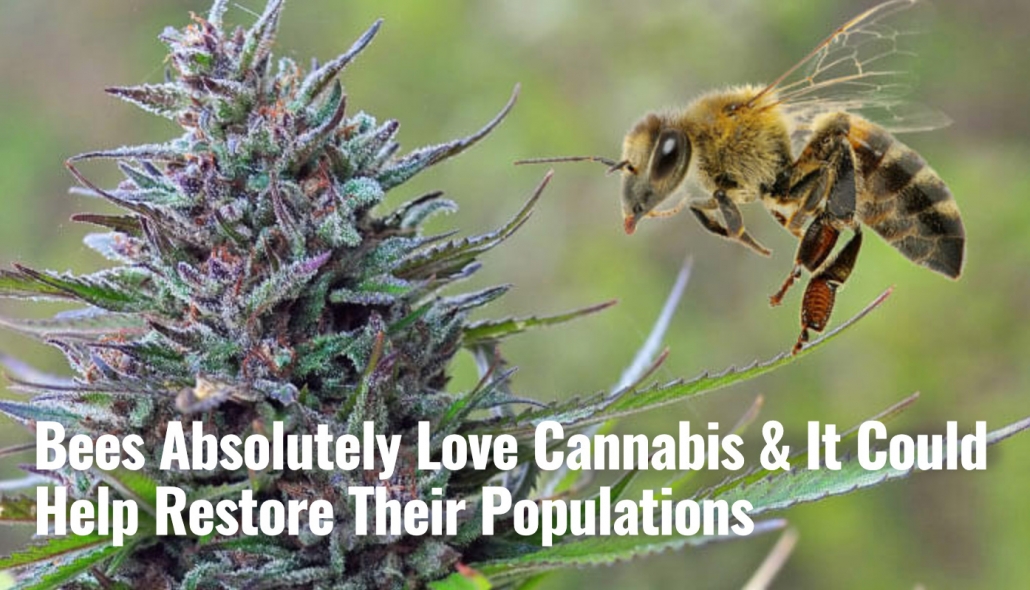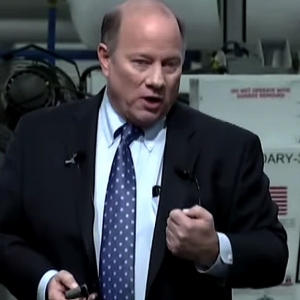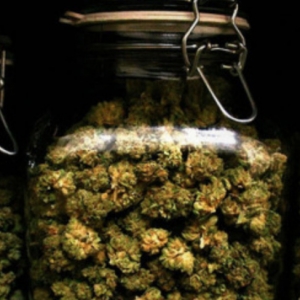Can Cannabis Help Restore Bee Populations?

Collective Evolution reports that new research out of Cornell University that’s been published in Environmental Entomology, shows that humans aren’t the only fans of cannabis. The recent findings also compliment a study published last year at Colorado State University that discovered the same thing, that bees love cannabis. The recent legalization of hemp in the United States seems to be having a very positive effect on multiple bee populations.
The Cornell study states:
We identified all bee visitors to the species level and found that hemp supported 16 different bee species. Landscape simplification negatively impacted the abundance of bees visiting hemp flowers but did not affect the species richness of the community. Plant height, on the other hand, was strongly correlated with bee species richness and abundance for hemp plots with taller varieties attracting a broader diversity of bee species. Because of its temporally unique flowering phenology, hemp has the potential to provide a critical nutritional resource to a diverse community of bees during a period of floral scarcity and thereby may help to sustain agroecosystem-wide pollination services for other crops in the landscape. As cultivation of hemp increases, growers, land managers, and policy makers should consider its value in supporting bee communities and take its attractiveness to bees into account when developing pest management strategies.
Bees provide essential pollination services in both natural and agricultural systems; yet, both wild and managed bees have been adversely impacted by numerous characteristics of large-scale, intensified agriculture, including the widespread use of chemical pesticides and insecticides, persistent pathogens and parasites, and the loss of seminatural nesting habitat and plant diversity (Goulson et al. 2015, Dicks et al. 2016). Landscape-scale loss of natural areas and plant diversity, a defining characteristic of intensive agriculture, occurs as a consequence of the increased size and connectivity of areas devoted to agricultural production (Meehan et al. 2011). Habitat loss associated with agricultural land-use change imposes nutritional stress on bee communities (Naug 2009) by reducing the diversity of floral resources and imposing temporal gaps in resource availability (Di Pasquale et al. 2016). Changing land use patterns, therefore, threaten the sustainability of the pollination services that our agricultural systems rely upon.
It’s looking like another win for cannabis!!



